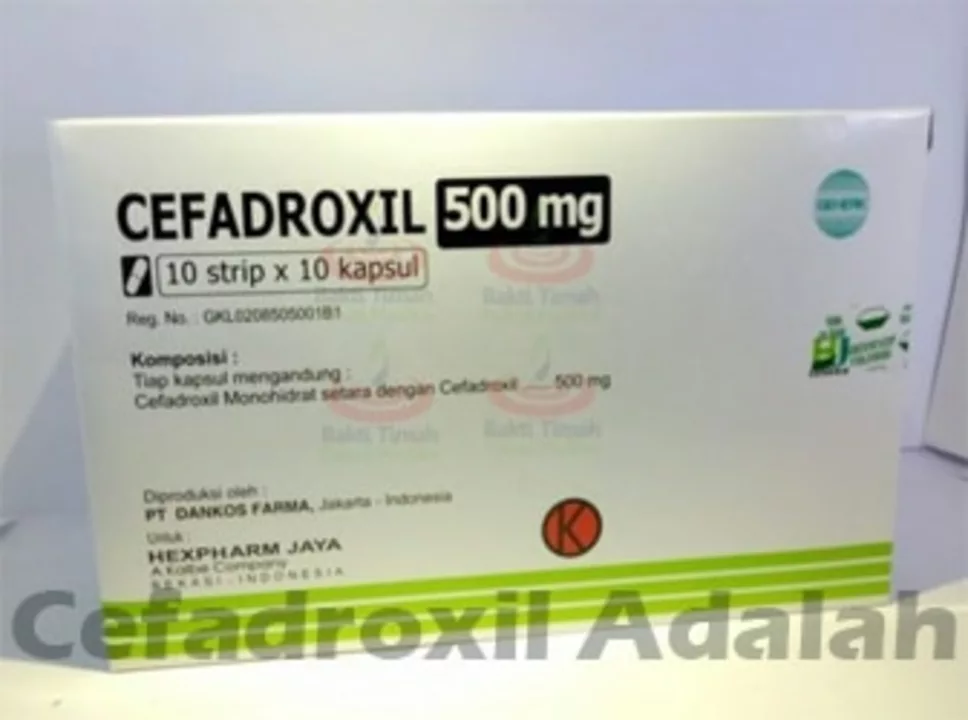As a blogger who focuses on health and wellness, I recently dove into the topic of Cefadroxil and allergies. Cefadroxil is an antibiotic used to treat various bacterial infections, but it's important to understand the potential risks for those with allergies. Some individuals may experience an allergic reaction to Cefadroxil, especially if they have a history of penicillin allergy. Symptoms of an allergic reaction may include rash, itching, swelling, and difficulty breathing. If you or a loved one are prescribed Cefadroxil and have a history of allergies, it's crucial to discuss the risks with your healthcare provider to ensure a safe treatment plan.
Risks: What You Need to Know About Medications and Buying Online
Medications help a lot, but they also carry real risks. On this page you'll find clear, hands-on information about side effects, drug interactions, and the dangers tied to buying medicine online. No jargon — just simple, useful advice you can use right away.
Common medication risks
Side effects are the most obvious risk. Some are mild — nausea, drowsiness, upset stomach — and others can be serious like allergic reactions or organ damage. If a new symptom starts after you begin a drug, don’t ignore it. Write it down and tell your doctor.
Drug interactions are another big one. Combining two safe drugs can cause problems. For example, mixing certain antibiotics or antifungals with heart or blood-thinning medications can change how drugs work. Always tell your doctor and pharmacist everything you take: prescriptions, over-the-counter drugs, vitamins, and herbal supplements.
Dosage mistakes happen too. Taking more than prescribed or splitting pills that shouldn’t be split can reduce effectiveness or increase risk. Follow dosing instructions closely and ask for a pill organizer or written schedule if you struggle to remember doses.
Buying meds online — risks and quick checks
Online pharmacies are convenient but risky if you pick the wrong one. Fake or substandard drugs can look real but have wrong ingredients or no active ingredient at all. That’s dangerous. Watch for sites that sell prescription medicines without asking for a prescription, offer huge discounts that sound too good to be true, or have no clear contact information.
Use these quick checks: look for a physical address and a licensed pharmacist contact, read real user reviews on trusted sites, verify the pharmacy through national verification services, and confirm they require a prescription when appropriate. If shipping takes unusually long or packaging looks tampered with, stop using the product and contact the seller and your local authorities if needed.
Still not sure? Ask your doctor or call a local pharmacy to compare. Pharmacists are excellent at spotting unsafe meds and dangerous interactions.
Finally, know what to do if something goes wrong. For mild side effects, your prescriber might adjust the dose or change medications. For severe reactions—like difficulty breathing, swelling, or fainting—seek emergency care immediately. Report any serious problems to your doctor and consider reporting the issue to your country’s health authority so others are warned.
This tag collects guides and practical articles on these topics — from drug-specific risks to safe purchasing tips and alternatives. Use the posts here to learn fast, reduce risk, and make smarter choices about your meds.

